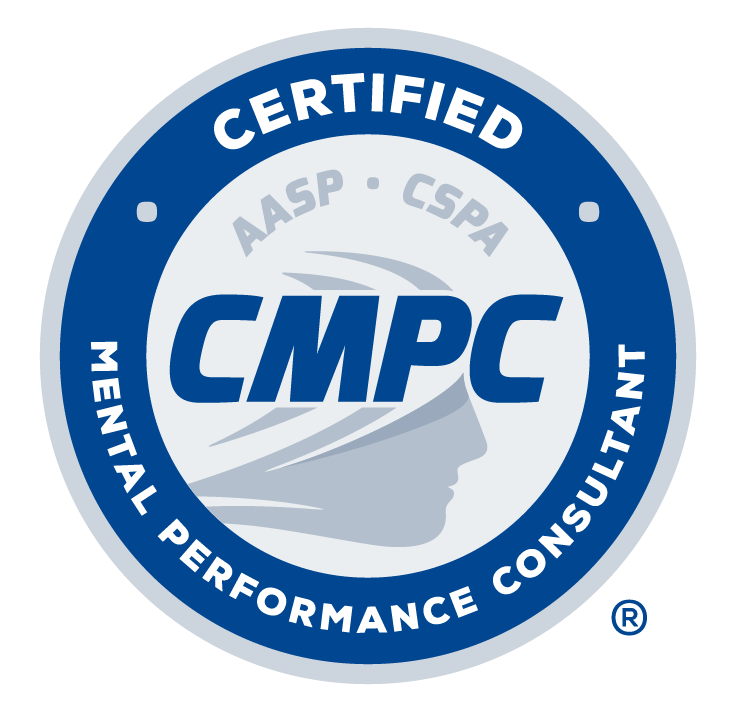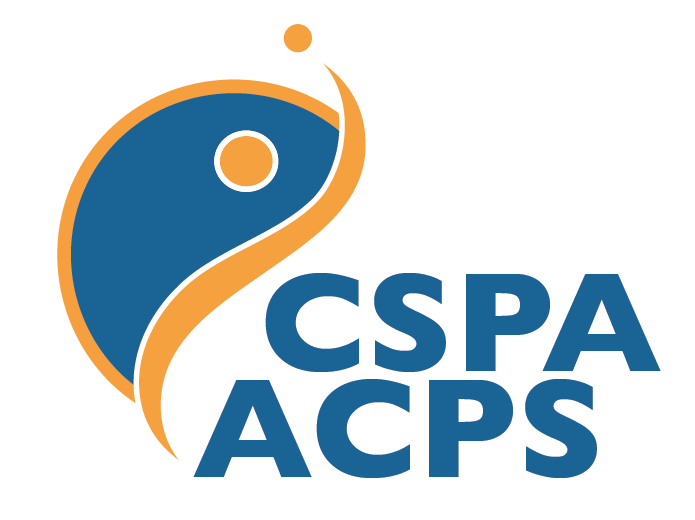AASP Newsletter - March 2022
Comment on “SIG Spotlight: Does the CMPC® Credential Apply to Sports Injury?”
 |
 |
| Britt Brewer | Monna Arvinen-Barrow |
Britt Brewer, PhD, Springfield College
Monna Arvinen-Barrow, PhD, CMPC, University of Wisconsin, Milwaukee
We read with great interest Dr. John Coumbe-Lilley’s SIG Spotlight piece in the January 2022 issue of the AASP Newsletter titled “Does the CMPC® Credential Apply to Sports Injury?” and are pleased with the attention it brings to the Psychology of Sport Injury Special Interest Group (SIG), the role of psychology of injury and rehabilitation in the CMPC® credentialing process, and, more broadly, the psychology of sport injury. With respect to the Psychology of Sport Injury SIG, we are grateful to Dr. Coumbe-Lilley for offering his energy, enthusiasm, experience, and expertise in leading the group. Given our collective past involvement with the SIG, we appreciate its long history of serving as a forum in which members can share information and resources pertaining to the psychology of sport injury.
We share Dr. Coumbe-Lilley’s general sentiment that knowledge and experience specific to psychology sport injury seems to not be a major part of attaining CMPC® status. We would go one step further and argue that relative to its importance in the world of sport performance, injury-related content appears to be an undervalued part of the certification process. In support of our (admittedly and unashamedly biased) position, we note that although injury is a state that athletes generally would prefer to avoid, injury rates are high across sports. Moreover, injury is a common circumstance under which athletes seek sport psychology services, yet items pertaining to the psychology of injury and rehabilitation constitute only 2% of the CMPC® certification exam.
Regardless of the extent to which the psychology of sport injury and rehabilitation is emphasized in the certification process, however, we acknowledge that the CMPC® credential and the education and training leading up to it do not qualify recipients to work in any particular capacity with any particular athlete population, including athletes with injuries. Thus, there is no reason to expect that CMPCs would necessarily be, as Dr. Coumbe-Lilley wondered, “equipped with structures, processes, tools, and exposure to provide valuable and quality services to athletes recovering from sports injury.” Only through domain-specific training and experience can such elements be attained.
Regarding the psychology of sport injury, we readily agree with Dr. Coumbe-Lilley’s assertion that there is a “gap between scientific research and applied practice.” With both researchers and practitioners among its members, the Psychology of Sport Injury SIG has the potential to help reduce the gulf. We do not agree, however, with Dr. Coumbe-Lilley’s contention that the psychology of sport injury lacks “a reliably taught and evaluated evidence-based body of knowledge.” Although we cannot speak to the way in which the subdiscipline is taught, we can say with confidence that it has an empirically-derived knowledge base originating more than a half-century ago that compares favorably with bodies of knowledge in other areas of applied sport psychology and is well-documented in topic-specific textbooks, book chapters, and peer-reviewed journal articles.
Although the prevalence of sport injury content at the AASP Annual Conference has waxed and waned over the decades (waxing in the mid-‘90s with “an afternoon of injury” and, as Dr. Coumbe-Lilley highlighted, waning the past few years), the Internet is open 24-7 and can facilitate access to the abundance of resources on the topic, including open access articles and expert podcasts. Careful consideration of these resources, along with the efforts and activities of Dr. Coumbe-Lilley and the Psychology of Sport Injury SIG, can help CMPCs better serve the clients with whom they work.



